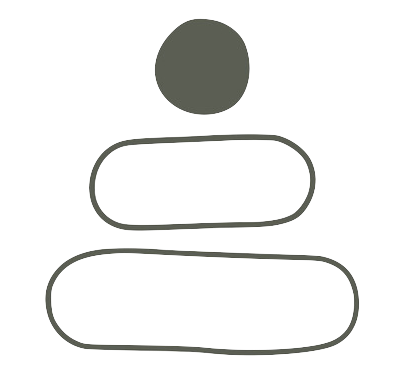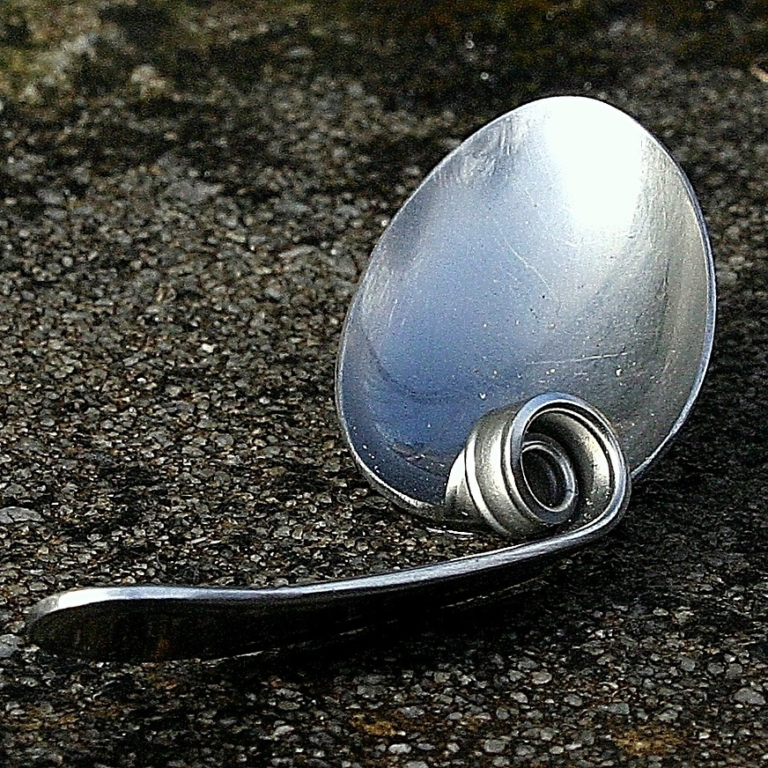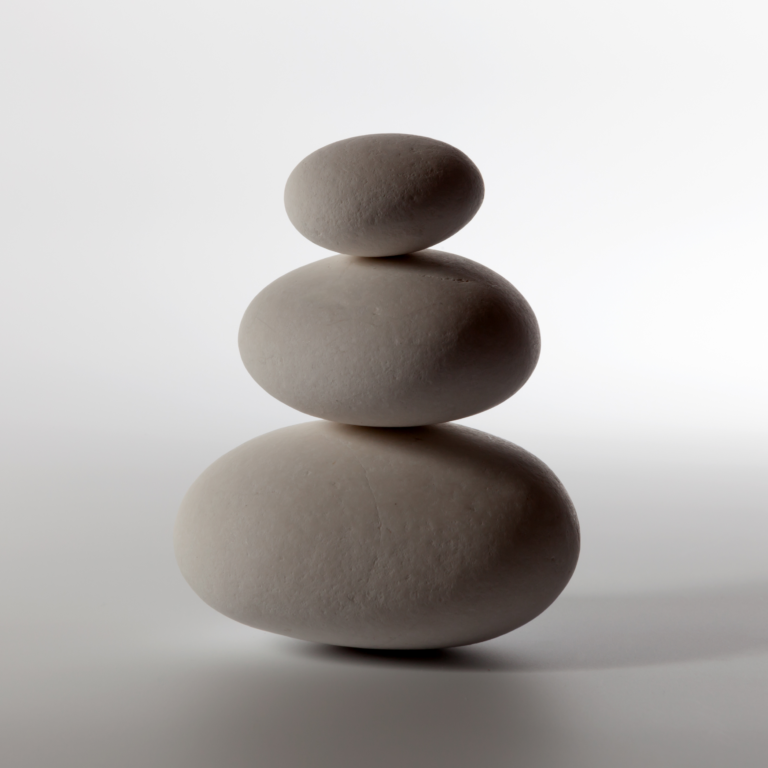How Long Should I Practise For?
It’s the perennial question: How long should I practise for? The answer will vary from one qigong teacher to the next and from one student to the next, but here are three simple ideas that can help you to decide what works best for you.
Time Dedicated to Practice
A number of years ago, I was asked to support a lady who had been studying qigong to help overcome a cancer diagnosis. She told me how she’d followed the instructions of her previous teacher to the letter and practised for 3 hours every morning: the first section of her practice lasted 20 minutes, the second lasted 1 hour, the third for another hour and then she meditated before drawing the practice to a close at precisely 3 hours. I had to ask:
How do you know how long you practise for?
She explained how she always practised in front of the clock in her lounge and made sure that she kept her timings accurate. The next question slightly threw her:
Why do you think that spending 3 hours watching your clock will help you to heal?
The lady paused before asking me how long she should practise for, my answer:
Practise for one breath.
If at the end of that breath you want to continue to practise, practise for another breath.
My personal feeling is that a single breath can be more powerful than 3 hours of waving your arms and legs around while watching the clock. A single breath with great presence of mind has the potential to transform, so imagine how much potential a sequence of breathing and movement can have in the present, centred qigong state. Imagine how powerful this would be if you sustained it for 3 hours…
The bottom line is that the quality of your practice is more important than the duration. 30 minutes of good quality daily practice will be far more effective than 3 hours of low quality practice, but beware…
Quality of Practice
Spending three hours thinking, “I have high quality practice, I’ve nailed this…” is as pointless as spending three hours looking at a clock and wishing the time away, indeed, thinking you’re good at qigong may actually be more damaging than wishing your time away clock watching (more on this in a later blog).
As with many things, it’s probably easier to say what this quality of practice is not, rather than what it is. By defining good quality practice, we can easily create a false goal which is based on potentially inaccurate definitions and our personal interpretations of those definitions. For this reason I would like to avoid complexity and rules and simply say that high quality practice creates the space to transform, not the space to get better at the practice or to find the practice less challenging.
Integrating Practice
The third key to effective practice is the integration of the practice into everyday life:
Why only practise for 30 minutes each morning when you could be practising every hour of the day?
It may not sound practical to spend the whole day in practice, but the bottom line is that you can take aspects of the practice such as breathing, postural alignment and the mind state and apply these during your day. This will mean that you no longer limit the benefit of your practice to 30 minutes in the morning, you can now gain the benefits throughout the day.
As with the ideas around the quality, the concept of integrating practice into everyday life is a very deep pool to dive into. This depth is best appreciated by considering the broad range or needs that exist within each of our daily lives. Ideally, integrated practice should be skilfully tailored to your individual needs, but this is not possible here and is best done with a skilled teacher, so to keep things simple, I would ask you to try the following:
Observe your breath and take time to breathe into Lower Dan Tien through the small of your back.
This simple act is an amazing way to adjust your posture, calm the breath, stabilise your heart rate and settle your emotions. Once you feel comfortable with the technique, try it in difficult or challenging situations so you can better understand how effective it is.
So, how long should you practise for?
The answer is as much as possible, but this is based on the following:
- Don’t focus on the duration of the practice, focus on developing the quality.
- Notice the techniques that exist in your devoted practice time that can be easily integrated into your daily life.
- Take time to integrate those techniques and test them so that become healthy habits.







